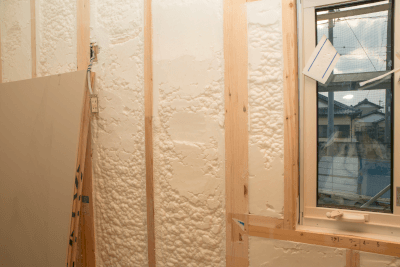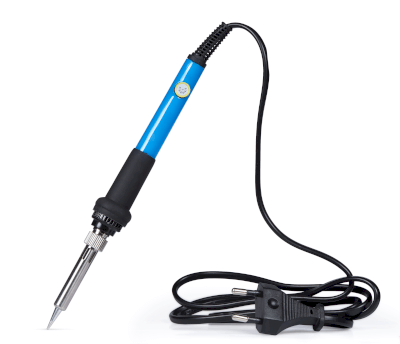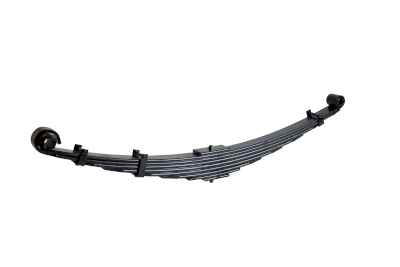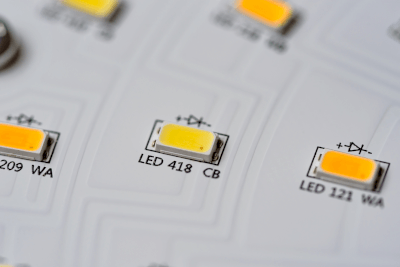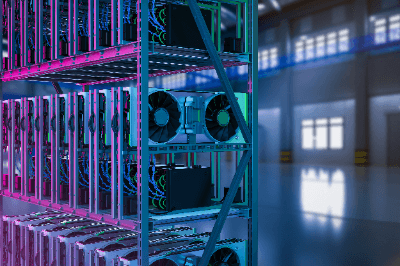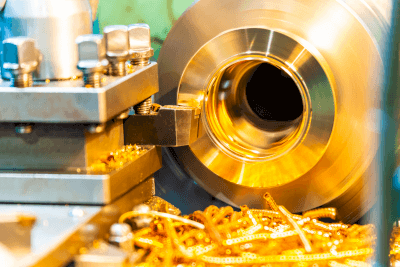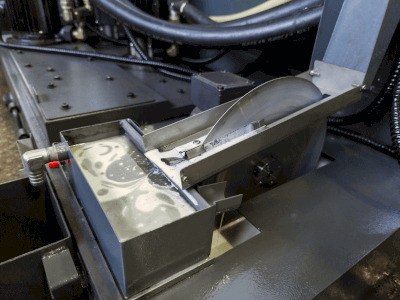What Is a Generator?
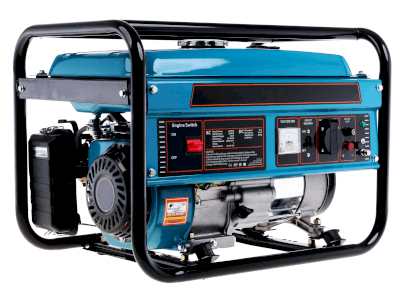
Generators convert mechanical energy into electrical energy.
While there are generators for both AC and DC power, “generator” typically refers to those for AC power, which are globally used as commercial power sources.
Featuring one or more rotating shafts, generators transform externally applied mechanical energy into electrical energy. The conversion efficiency varies: the more electrical energy consumed, the more mechanical energy is required, making the shaft harder to turn. Conversely, with minimal energy consumption, the shaft rotates freely.
Uses of Generators
Generators find applications across industries and households.
Home electricity often originates from power companies’ synchronous generators, which are versatile, operating on thermal, nuclear, or hydroelectric power.
Recently, wind power generators, a renewable energy source, have popularized induction generators due to their simplicity. Additionally, diesel generators serve as emergency power sources in homes, highlighting the ubiquity of generators wherever AC power is needed.
Principle of Generators
Generators are principally categorized into synchronous and induction types. The simpler induction generators require at least one synchronous generator in the system for operation.
1. Synchronous Generators
These generators, equipped with an excitation device such as a permanent magnet, generate electricity by varying the magnetic field’s relation to the windings over time. The power generation voltage and frequency depend on the number of poles and rotation speed.
2. Induction Generators
Operating on electromagnetic induction, these generators need no excitation device. They function as motors when connected to a power system and become generators when attached to a turbine or windmill and rotated at or above synchronous speed.
Types of Generators
Generators are classified into four types based on the fuel used.
1. Diesel Generators
These generators, connected to a diesel engine, compress air, heat it, and inject fuel for combustion to generate electricity.
2. Gasoline-Powered Generators
Notable for their portability, these generators come in various models and types.
3. Gas-Powered Generators
Available in cassette gas and LP gas models, these generators cater to different needs.
4. Inverter Generators
These are equipped with inverters or cyclone converters for stable, high-quality electricity suitable for sensitive devices.
How to Choose a Generator
Selecting a generator involves considering its type, each with unique advantages and limitations.
1. Diesel Generators
Characterized by high output and stability, these generators are less suitable for residential use due to noise, vibration, and emissions but offer low running costs.
2. Gasoline-Powered Generators
They operate quietly and are relatively affordable.
3. Gas-Powered Generators
Cassette gas models are portable, while LP gas models suit commercial use.
4. Inverter Generators
Inverter models provide high-quality electricity for precision equipment, with non-inverter models being more common due to minimal electricity loss.
Generator Structure
Generators are differentiated by their power generation mechanism into DC, AC, and 3-phase AC types.
1. DC Generators
These generate direct current when a coil between magnets is rotated, useful in compact emergency equipment.
2. AC Generators
With fixed coils and rotating magnets, these are suitable for home appliances and compact generator designs.
3. Three-Phase AC Generators
Featuring three coils installed at 120° intervals, these generators are ideal for high-voltage, high-current applications, such as in power plants.
